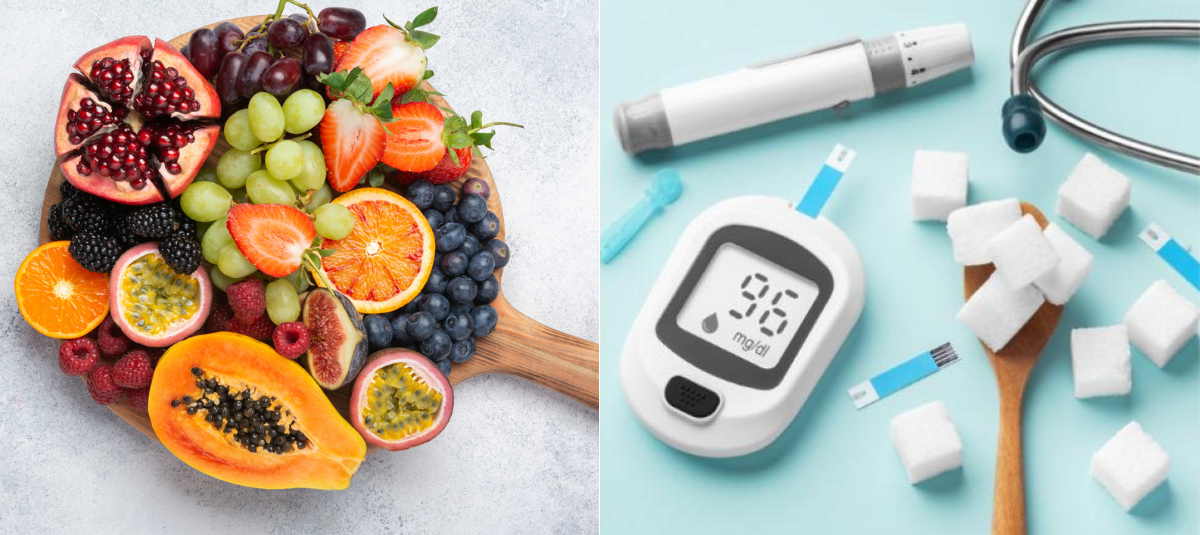Diabetes technology: What are the keys to avoiding glucose spikes?

Technology is revolutionizing diabetes management, allowing people to effectively monitor their glucose levels and avoid harmful spikes. While it's estimated that only 30% of people with type 1 diabetes use Continuous Glucose Monitors (CGMs), the introduction of these technologies makes it easier to control blood sugar, which is key to maintaining overall health.
Keeping blood sugar levels under control is essential for the health of those living with this disease. Eating foods, especially those rich in rapidly digestible carbohydrates, can cause a significant increase in glucose, known as a "glucose spike." Although this is a natural response of the body, frequent and prolonged exposure to these foods can lead to complications such as insulin resistance, type 2 diabetes, and cardiovascular disease.
To address some questions about the disease, Dr. Shairine Figueroa, Abbott's regional medical manager, shares information on how to identify, understand, and manage glucose spikes and how technologies like Continuous Glucose Monitoring help manage these changes.

How to monitor glucose levels to avoid spikes. Photo: iStock
“While it's impossible to avoid all glucose spikes , and the idea isn't to scare people about every food, there are ways to reduce their frequency and impact by making smarter choices through real-time glucose monitoring using technology, and ideally with the guidance of a healthcare professional, since each person is unique,” says Abbott's Dr. Figueroa.
Furthermore, she emphasizes the importance of understanding and managing these changes. "For an adequate diet, it is key that people have personalized medical support," she emphasized, noting that common foods in the Colombian diet, such as rice, bread, and bananas, require special attention due to their potential to generate these spikes.
The Transformative Role of Continuous Glucose Monitoring (CGM) CGM technology has opened up a new horizon for diabetes management by providing real-time data and eliminating the need for multiple fingersticks.
The FreeStyle Libre 2 Plus sensor, now available in Colombia, is an example of this innovation. This discreet sensor, which is worn on the upper arm and can last up to 15 days, transmits minute-by-minute information to a free mobile app. This data is crucial for patients, caregivers, and physicians to make informed treatment decisions.
Using this device helps prevent emergencies, as alarms can be set to notify you when glucose levels are too high or too low, facilitating rapid, preventive action. Furthermore, some studies indicate that using CGM can reduce the occurrence of low glucose episodes.
In addition, it helps improve overall glycemic control, as it offers a complete view of glucose patterns throughout the day and night. CGMs allow medication and lifestyle changes to be adjusted more effectively, resulting in better control of glycated hemoglobin (HbA1c).
eltiempo





%3Aformat(jpg)%3Aquality(99)%3Awatermark(f.elconfidencial.com%2Ffile%2Fbae%2Feea%2Ffde%2Fbaeeeafde1b3229287b0c008f7602058.png%2C0%2C275%2C1)%2Ff.elconfidencial.com%2Foriginal%2F4ee%2Fd23%2F53b%2F4eed2353bfd43bfe917296cbe28f3b25.jpg&w=3840&q=100)